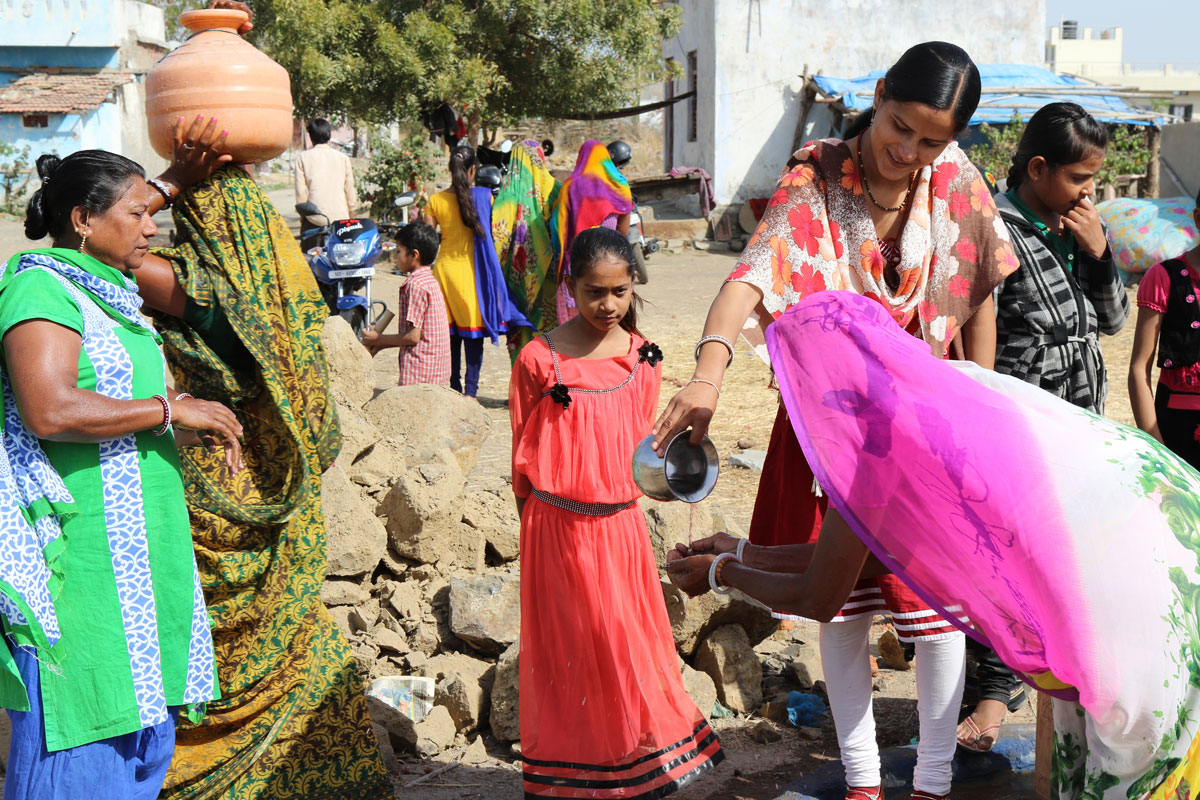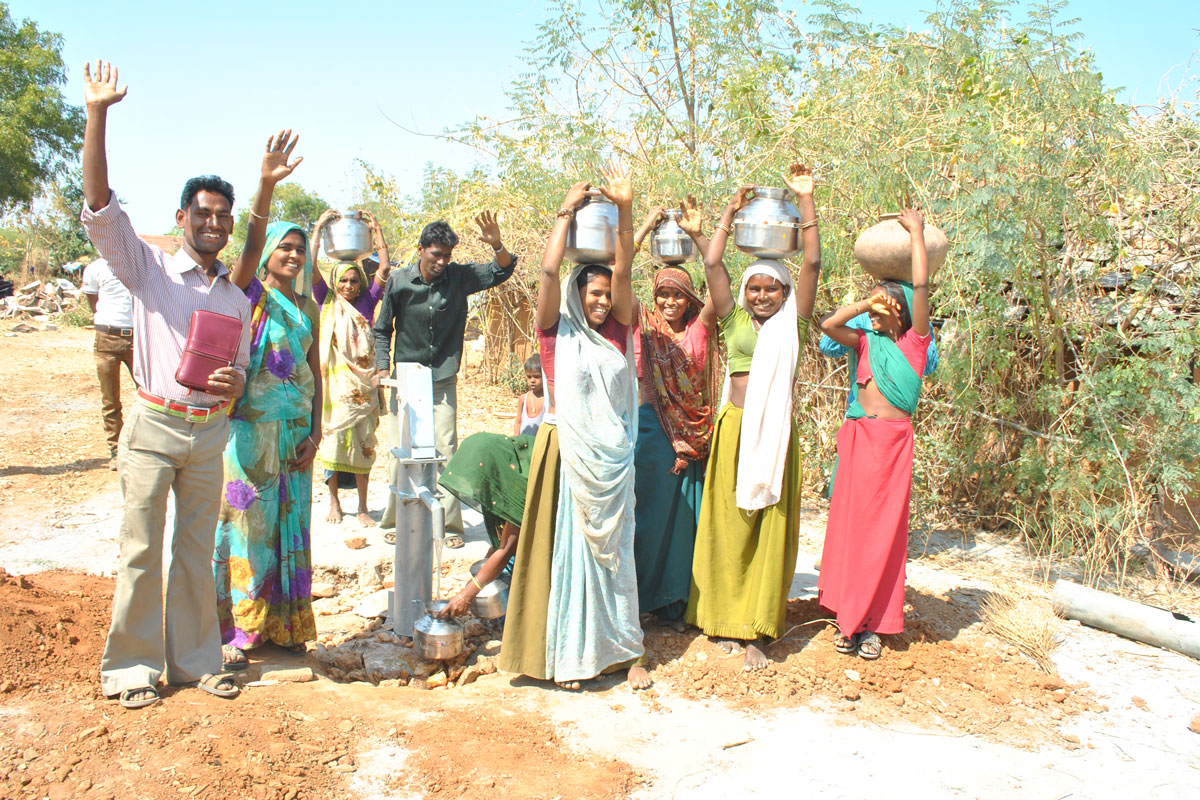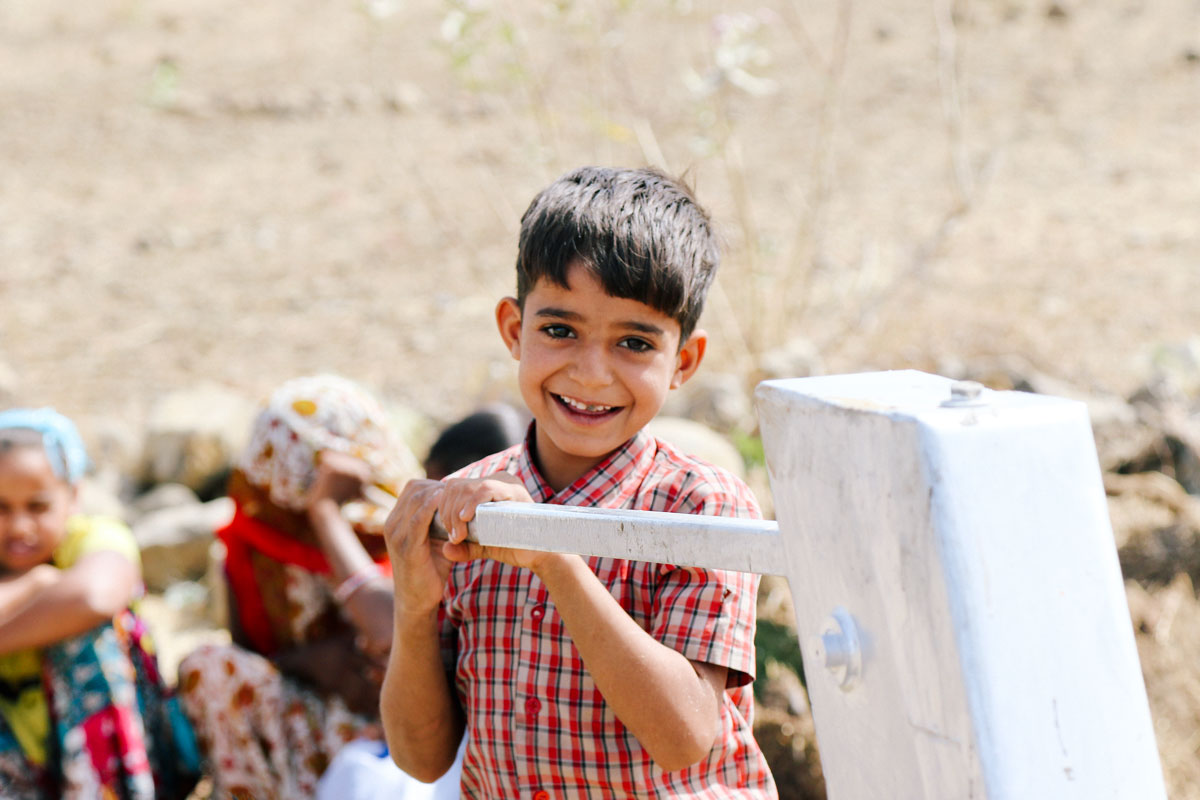“Too much, too little, and too dirty” — that’s how one representative at the Asian Development Bank described Asia’s water problems.
Too much because Asia’s seasonal floods wash debris into the local rivers and make it extremely dangerous for women and children to collect water in the rushing currents.
Too little because droughts and poor infrastructure make it difficult to provide the growing population of Asia with clean water.
And too dirty because local water sources are often shared with livestock and filled with untreated wastewater and bacteria.
Asia is home to nearly 60 percent of the world’s population, and out of those, 2.5 billion people live without proper sanitation.
The U.N. estimates that by 2025, 700 million people will be added to the number of Asians that require water sources. The cities often cannot keep up with demand and people must pay large fees to purchase even a small amount of water.
But it is even worse for individuals living in remote villages.
In countries such as India and Nepal, many communities suffer without any access to clean water. The water they drink is often contaminated and a lack of proper sanitation means that a record number of child deaths can be traced to diarrhea.
In India alone, 21 percent of diseases are believed to be caused by dirty water.

Water has an immense effect on sanitation, education, gender equality, and community development. In communities that have access to clean, drinkable water, more children are able to attend school, and the economy thrives.
More importantly, providing clean water to an Asian community also can open doors to share the Gospel.
India and Nepal are two countries most affected by Asia’s lack of clean water. Below, you’ll discover why each of these nations is in the middle of a water crisis and what you can do to help.
India
India is about to enter into its hottest season of the year. Sandwiched between the winter months and the rainy season, the months of March through May could see temperatures rise to as high as 125 degrees Fahrenheit. The rainy season will bring little relief from the heat, but villagers may be able to gather some water — even though it will probably be dirty.
Until then, they must try to survive the dry months ahead.
India is home to more than 1.3 billion people, making it the second-most-populous country on earth. Its streets bustle with market vendors, school children, and businessmen.
But behind the crowds, there is a people group known as the Banchara. Considered “untouchable,” they belong to the Dalit or low caste, and most of society prefers to pretend they don’t exist.
In fact, the Banchara are forbidden from using local clean-water wells.
This contributes to the water problem in India. Clean water exists, but only the wealthiest and most privileged may use it. It is expensive to buy even one bottle. The rest of the country is left to spend hours gathering contaminated water that only contributes to the ever-growing cycle of poverty.
The dirty water leaves people sick and unable to work. When parents cannot work, they can’t afford their children’s expensive school fees. Many, particularly young girls, will never make it past elementary school. They will grow up and be unable to afford clean water, just like their parents.
But things are beginning to improve.

Generous donors have provided several clean-water wells in the Banchara community, and today the people are starting to thrive. Families no longer fear chronic, waterborne illnesses and instead are looking forward to healthy lives — even in the dry months of summer.
And these wells are giving more than water. In the Banchara community, in local slums, and at schools clean water has brought hope.

Nepal
On April 25, 2015, a devastating, 7.8-magnitude earthquake hit the country of Nepal. The earthquake struck just north of the capital city of Kathmandu, but the tremors were felt for miles.
In many ways, they are still being felt today. Three years later, the country is still reeling from the effects of that day.
Nepal is a much smaller country than its neighbor, India, and the rebuilding process has been slow and expensive. One of the greatest issues is the lack of clean water, particularly in Nepal’s remote villages. The rocky terrain makes it difficult for people to travel far for water. Instead, they are left to drink the contaminated water that is nearby.
This has led to a number of health problems. Our partners in Nepal are desperate for clean water, hoping it will “minimize the number of deaths” in small communities. In fact, clean water is their top priority; they have seen the difference it can make.
In the wake of the earthquake’s destruction, it has been clean water that has offered health and hope to villages across Nepal.
Many people from the community of Chaku lost everything in the earthquake and had to relocate their entire lives to a resettlement village. The lack of clean water in their new home only complicated the problem. But now, a water filtration system allows them to collect all of the clean water that they need.
They are much healthier, which allows children to spend more time in school and parents to spend more time working as they rebuild their lives.
For the first time in three years, things are beginning to look up for the people of Nepal … thanks to clean water.
How you can help
Water is a bridge builder.
For a long time, the people of India and Nepal were secluded — Nepalis by their distance, and the Banchara by their caste. But clean water has allowed our partners in both countries to make connections, and ultimately provide hope to these communities.
By helping provide clean water, you are making an impact on every part of a person’s life. Click below to learn more about how you can bring water — and hope — to people in India, Nepal, and around the world.



